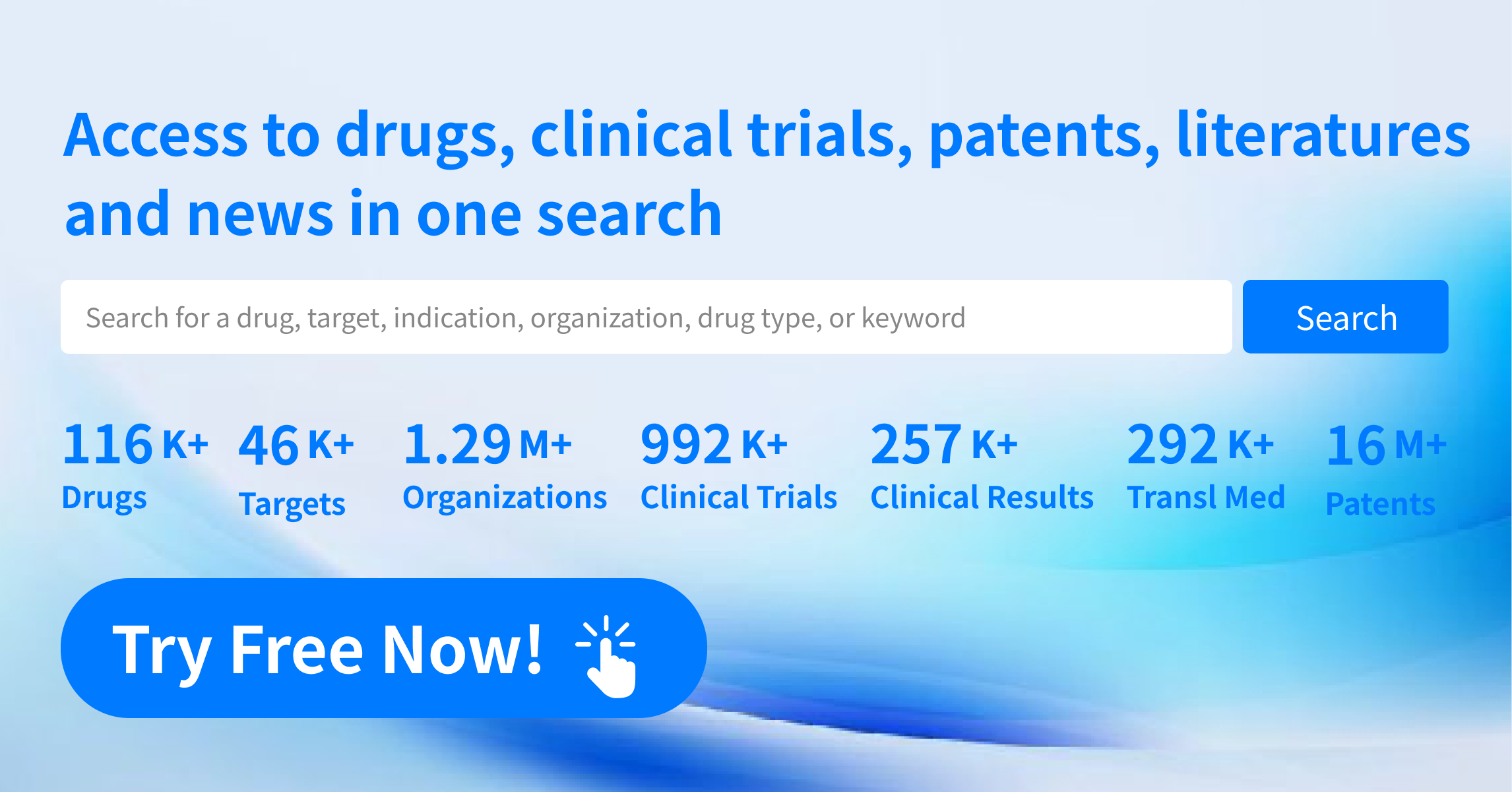Request Demo
Lilly’s Tirzepatide Shows MASH Efficacy in Mid-Stage EASL Update
13 June 2024
Eli Lilly's tirzepatide, already well-known for its effectiveness in treating diabetes and obesity, is now showing promise for addressing metabolic dysfunction-associated steatohepatitis (MASH). Recent data shared ahead of the European Association for the Study of the Liver (EASL) congress provide encouraging results from the Phase II SYNERGY-NASH trial, suggesting tirzepatide’s potential in treating this condition.
In February, Lilly hinted at the positive outcomes regarding the secondary endpoints of the trial, labeling them as “clinically meaningful.” Earlier, 52-week data indicated that 5mg, 10mg, and 15mg doses of tirzepatide achieved the primary goal of resolving MASH without worsening fibrosis. Specifically, the highest dose resulted in a 73.9% improvement rate compared to 12.6% for the placebo group.
The EASL abstract provided more detailed insights into the secondary endpoints. In the trial, tirzepatide led to at least a one-stage reduction in fibrosis without worsening MASH in 51% of patients on the highest dose, 51.3% on the medium dose, and 54.9% on the lowest dose. These results were significantly better than the 29.7% improvement seen in the placebo group. This improvement range of 21.3% to 25.2% aligns with data from Viking Therapeutics’ VK2809, which showed a 22.7% benefit versus placebo at a 10mg dose administered every other day.
Comparatively, Madrigal Pharmaceuticals’ Rezdiffra (resmetirom), which secured FDA approval in March as the only marketed drug for MASH, demonstrated roughly a 12% placebo-adjusted fibrosis improvement of at least one stage without worsening MASH in its key study.
Additionally, the trial data highlighted substantial biomarker improvements. Between 71.7% and 78.3% of all patients on tirzepatide achieved a reduction in the nonalcoholic fatty liver disease activity score (NAS) by two points or more, in contrast to 36.7% on placebo. Participants also showed decreases in liver enzymes and liver fat, along with significant improvements in liver inflammation and fibrosis biomarkers. Most adverse events were mild-to-moderate and primarily gastrointestinal. Moreover, patients in the tirzepatide group achieved up to a 17.3% reduction in body weight.
Despite these promising results, the development of tirzepatide for MASH faces challenges. Lilly is dealing with high demand and limited supply of the GLP-1/GIP agonist. To address these bottlenecks, particularly those linked to the plastic pens used for injecting tirzepatide, the company has allocated $9 billion to expand production capacity at its Lebanon, Indiana manufacturing site.
The impressive outcomes from the Phase II trial suggest that tirzepatide could become a vital treatment option for MASH. However, Lilly must navigate the complexities of scaling production to meet demand and ensure a consistent supply of the drug. If successful, tirzepatide could significantly impact the treatment landscape for both metabolic disorders and liver-related conditions.
In February, Lilly hinted at the positive outcomes regarding the secondary endpoints of the trial, labeling them as “clinically meaningful.” Earlier, 52-week data indicated that 5mg, 10mg, and 15mg doses of tirzepatide achieved the primary goal of resolving MASH without worsening fibrosis. Specifically, the highest dose resulted in a 73.9% improvement rate compared to 12.6% for the placebo group.
The EASL abstract provided more detailed insights into the secondary endpoints. In the trial, tirzepatide led to at least a one-stage reduction in fibrosis without worsening MASH in 51% of patients on the highest dose, 51.3% on the medium dose, and 54.9% on the lowest dose. These results were significantly better than the 29.7% improvement seen in the placebo group. This improvement range of 21.3% to 25.2% aligns with data from Viking Therapeutics’ VK2809, which showed a 22.7% benefit versus placebo at a 10mg dose administered every other day.
Comparatively, Madrigal Pharmaceuticals’ Rezdiffra (resmetirom), which secured FDA approval in March as the only marketed drug for MASH, demonstrated roughly a 12% placebo-adjusted fibrosis improvement of at least one stage without worsening MASH in its key study.
Additionally, the trial data highlighted substantial biomarker improvements. Between 71.7% and 78.3% of all patients on tirzepatide achieved a reduction in the nonalcoholic fatty liver disease activity score (NAS) by two points or more, in contrast to 36.7% on placebo. Participants also showed decreases in liver enzymes and liver fat, along with significant improvements in liver inflammation and fibrosis biomarkers. Most adverse events were mild-to-moderate and primarily gastrointestinal. Moreover, patients in the tirzepatide group achieved up to a 17.3% reduction in body weight.
Despite these promising results, the development of tirzepatide for MASH faces challenges. Lilly is dealing with high demand and limited supply of the GLP-1/GIP agonist. To address these bottlenecks, particularly those linked to the plastic pens used for injecting tirzepatide, the company has allocated $9 billion to expand production capacity at its Lebanon, Indiana manufacturing site.
The impressive outcomes from the Phase II trial suggest that tirzepatide could become a vital treatment option for MASH. However, Lilly must navigate the complexities of scaling production to meet demand and ensure a consistent supply of the drug. If successful, tirzepatide could significantly impact the treatment landscape for both metabolic disorders and liver-related conditions.
How to obtain the latest research advancements in the field of biopharmaceuticals?
In the Synapse database, you can keep abreast of the latest research and development advances in drugs, targets, indications, organizations, etc., anywhere and anytime, on a daily or weekly basis. Click on the image below to embark on a brand new journey of drug discovery!
AI Agents Built for Biopharma Breakthroughs
Accelerate discovery. Empower decisions. Transform outcomes.
Get started for free today!
Accelerate Strategic R&D decision making with Synapse, PatSnap’s AI-powered Connected Innovation Intelligence Platform Built for Life Sciences Professionals.
Start your data trial now!
Synapse data is also accessible to external entities via APIs or data packages. Empower better decisions with the latest in pharmaceutical intelligence.
